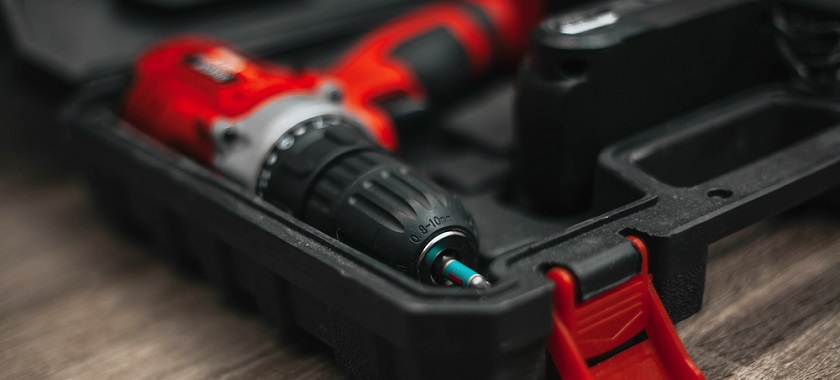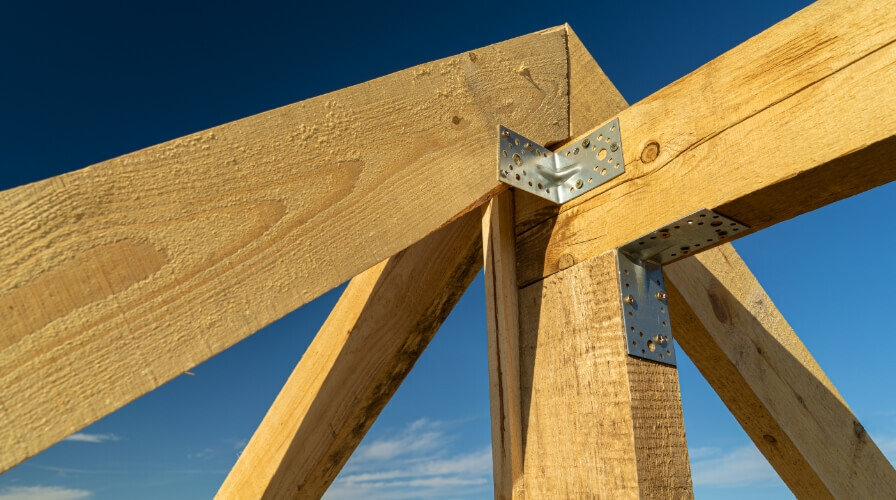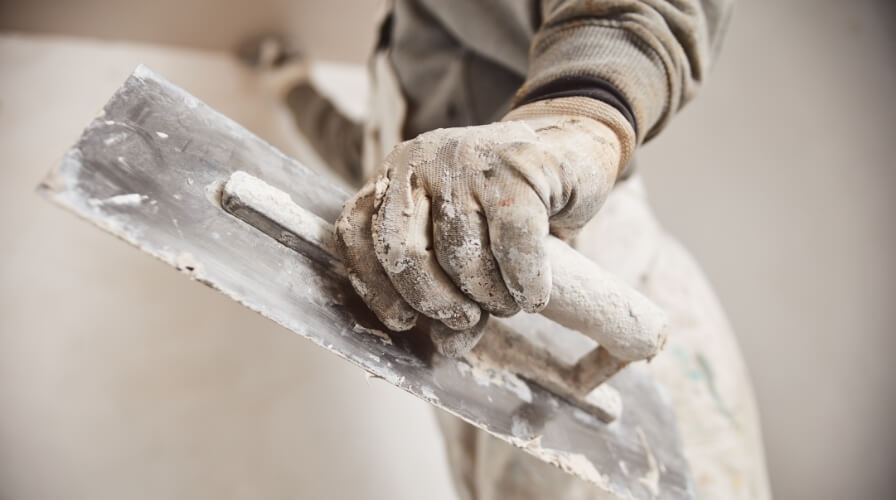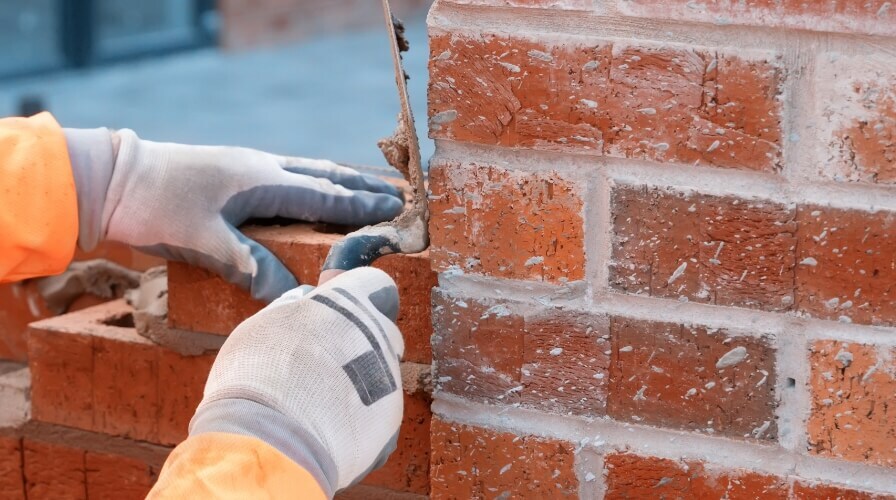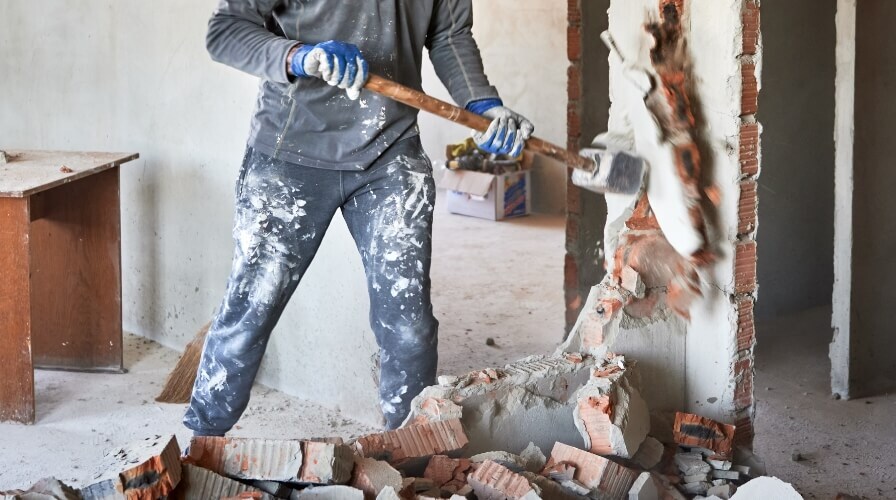How to store power tools: Storage ideas
Power tools give you the power to complete everyday tasks and professional work, faster. Power tools can be on the more pricy side, so it’s a good idea to store them the right way so they don’t break or rust.
Store your power tools safely and you’ll also find them faster. Replacing lost power tools is expensive, so let’s look at how to protect your prized collection.
How to maintain power tools
Power tools need regular care, so looking after them is important. Disconnect power tools from power sources before you clean them. Wear heavy-duty gloves to protect your hands from sharp edges.
Wipe down the outside of power tools with a good degreaser and steel wool brush. You should only do this when you have finished using the tool and it has cooled down.
Use a toothbrush to scrub away dust and grime in hard-to-reach places. You can use compressed air to clean vents. Go through the tool and spin the moving parts to make sure they run smoothly.
Check the power cords and plugs for any frays and tighten loose bolts or screws. You should also listen for odd noises and lubricate where needed. Make sure to keep your drill bits and cutting blades looking new by sharpening them.
Always avoid electrical wiring and motor casing when cleaning any power tool. Use a towel to dry the tool and remove all moisture. You can spray their metal parts with some WD-40 after drying them. This provides a protective barrier against rust and keeps them working well. Just be careful when you handle them or place them in storage, as they may be slippery.

